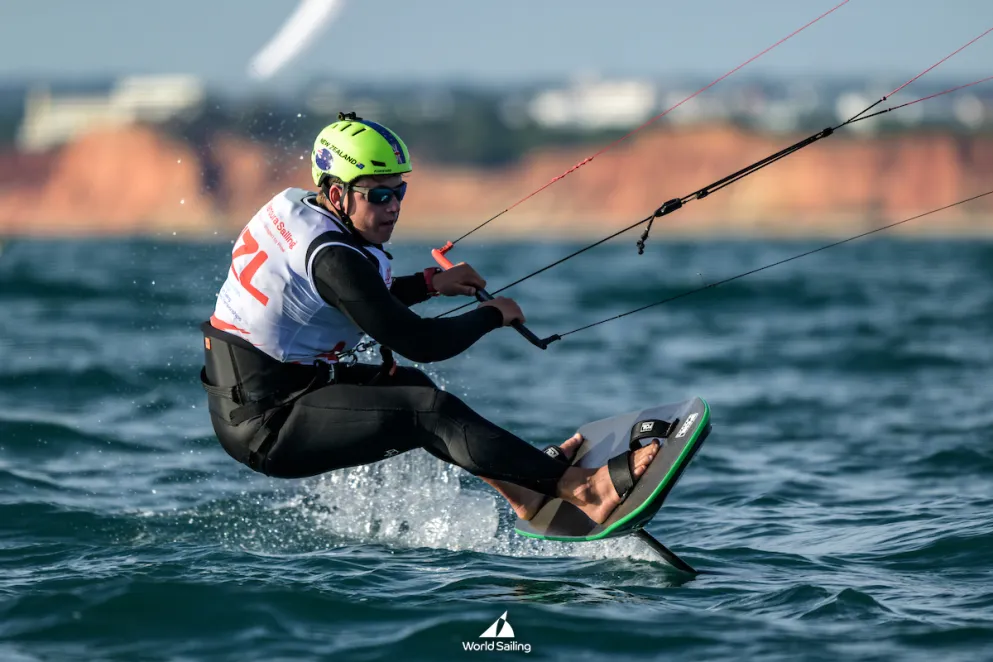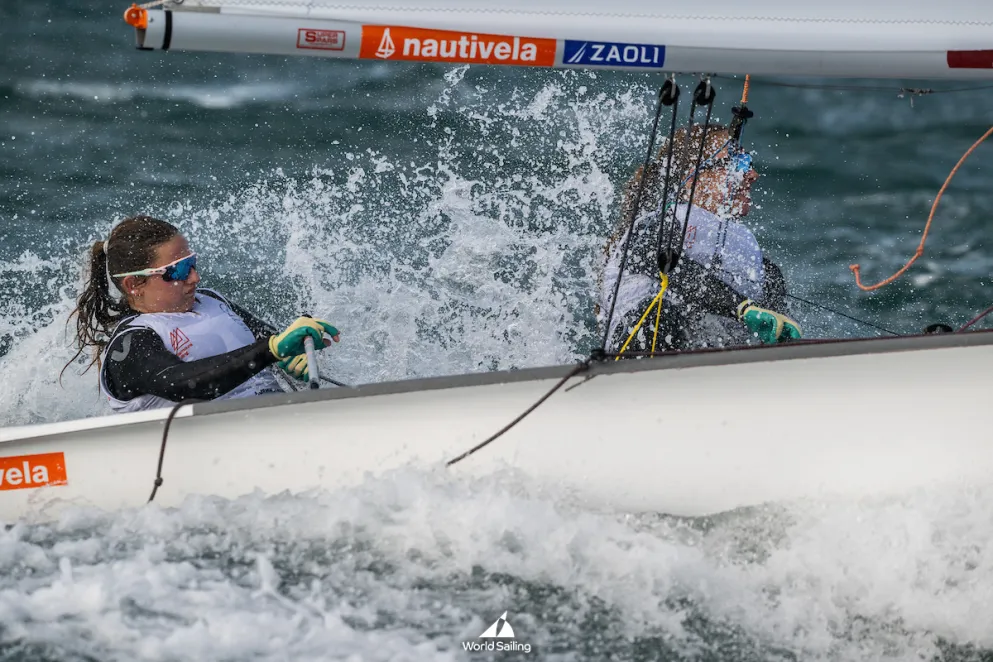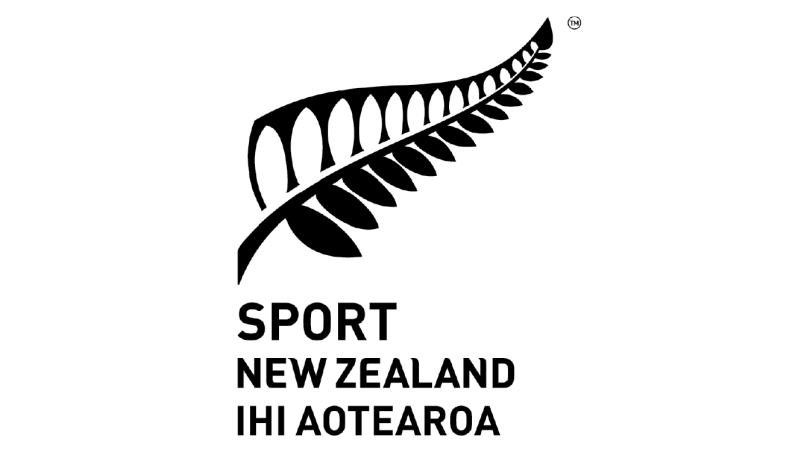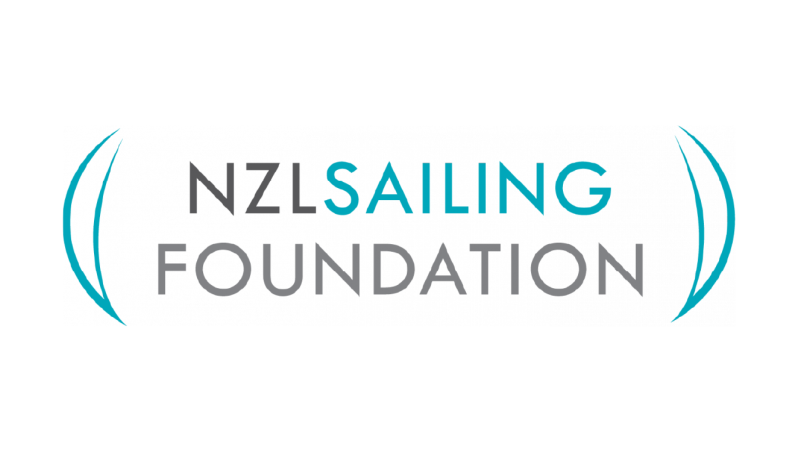Self sufficiency in the extreme; The Simon Willis story
As Safety and Technical Officer for Yachting New Zealand, and with plenty of offshore cruising miles under his belt to boot, Angus Willison has a few tales to tell. But here he recounts what is possibly one of the most remarkable stories he knows…
In this day and age of instant communication anywhere on the globe, and an underlying expectation that the ‘cavalry’ is just over the horizon when we go to sea, I thought that I should share a story of self reliance that made me sit up and take note.
In July I had a call from Rob Carpenter asking whether I had the MMSI number for Simon Willis’s boat ‘Sagitta 2’. ‘A Maritime Mobile Service Identity (MMSI) is a series of nine digits which are sent in digital form over a radio frequency channel in order to uniquely identify ship stations, ship earth stations, coast stations, coast earth stations, and group calls.
[These identities are formed in such a way that the identity or part thereof can be used by telephone and telex subscribers connected to the general telecommunications network to call ships automatically.’ Wikipedia]
Sagitta (image by Brian White)
Simon has an AIS class B transponder on board and this unit would have had an MMSI number that could be tracked.
[‘The Automatic Identification System (AIS) is an automatic tracking system used on ships and by vessel traffic services (VTS) for identifying and locating vessels by electronically exchanging data with other nearby ships, AIS base stations, and satellites.’ Wikipedia]
Simon had been out of contact for over two weeks whilst on a solo 4500 nautical mile voyage from Punta del Este in Uruguay to Grenada in the Caribbean. There had been an unsuccessful search by the Brazilian Navy however Judy, Simon’s wife, was insistent that he was okay and it was likely that there were some communication issues onboard on the basis that every few days a signal from the AIS transponder showed Sagitta going in the right direction.
When Simon arrived in Granada he had an incredible story to tell. Simon had suffered a stroke a week into the voyage leaving him crippled down one side and unable to communicate.
It took him 20 hours to figure out what had happened and initially he headed toward Brazil to seek medical help. He realized that in Brazil he would be hospitalized and it was likely that the boat would disappear.
Having taken many years to build Sagitta 2 for the trip to South America and beyond this was an unthinkable eventuality. So, Simon tacked away, headed out to sea to give him more room, and continued toward Granada.
Sailing was quite difficult with only half his body working and looking after himself was a huge challenge however Simon in his own words ‘got on with it like any Kiwi yachtsman’. When he got to Granada horrified friends docked Sagitta and took Simon to the hospital. The neurologist who saw him suggested that a month of extreme occupational therapy was probably the best thing that he could have done and it was likely that he would make a full recovery.
When I learned of this I made contact with Simon and asked him whether we could nominate him for a Cruising Award. In no uncertain terms he declined however I persisted on the basis that his story should be told. Judy encouraged him and eventually Simon agreed to tell his story and when he was back in New Zealand for October we managed to have a telephone conversation.
Simon’s attitude was ‘well what else could I do and plenty of other people would have done the same thing’. I reminded him that people get towed in with blocked fuel filters or are taken off boats that are found later in perfect condition and that it is our responsibility to maintain and encourage self reliance and personal responsibility.
Simon is one of New Zealand yachting’s characters. I first met him through Rob [Carpenter] when we were looking for a suit of sails for our boat ‘Innocenti’. Willis Sails in Kerikeri, under Simon’s watch, were synonymous with robust beautifully made cruising sails and I am aware of many international yachts that seek them out on their stopover in New Zealand.
Simon has done many thousands of miles both racing and cruising including countless Coastal Classics, a solo Trans Tasman race, the Sydney to Hobart race, deliveries to and from the Pacific Islands and sailing for Connie van Rietschoten on the 1977 ‘Flyer’ team that would eventually compete in the Whitbread race. He has built three boats and provided sensible advice to many sailors including myself over the years. Apologies Simon if I have sold you short here!
This trip has taken Simon from Kerikeri to the Chatham Islands and on to Chile where he spent six months cruising the Patagonia Canals. In June he headed out to the Falkland Islands and then onto Punta del Este.
From Granada Judy and Simon plan on cruising the Caribbean Islands, north up the east coast of the United States and then I understand that there is some debate as to where to from there. Simon wants to head across to Ireland and Scotland however I understand that Judy thinks that she has done too many Atlantic crossings already!
Sagitta 2 is a 41 foot John Spencer design built at home in Doves Bay.
Images of Sagitta taken by Brian White















